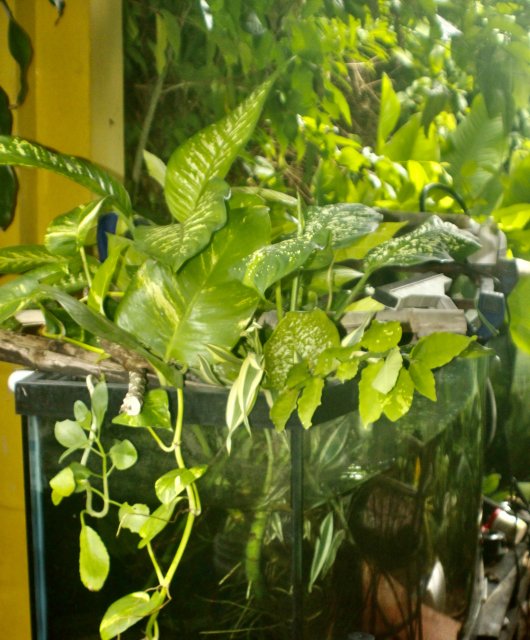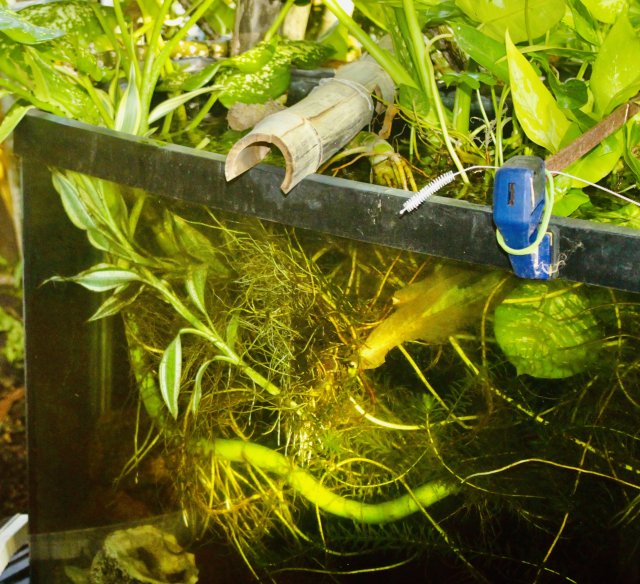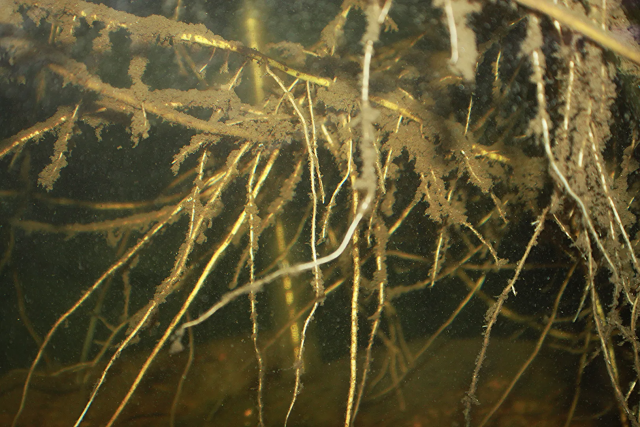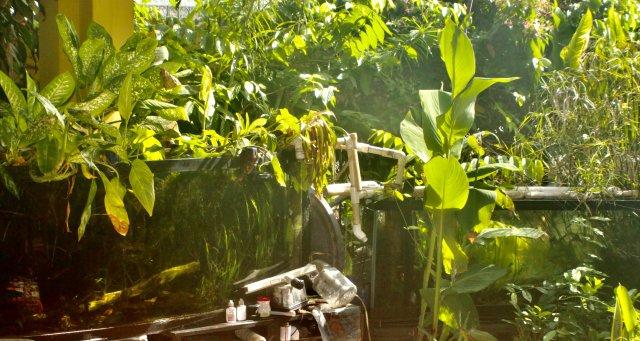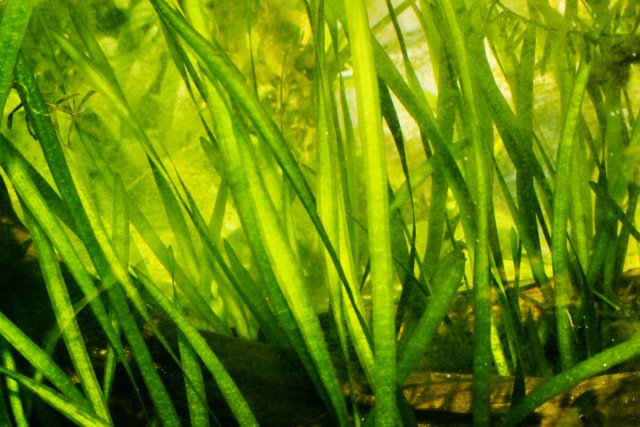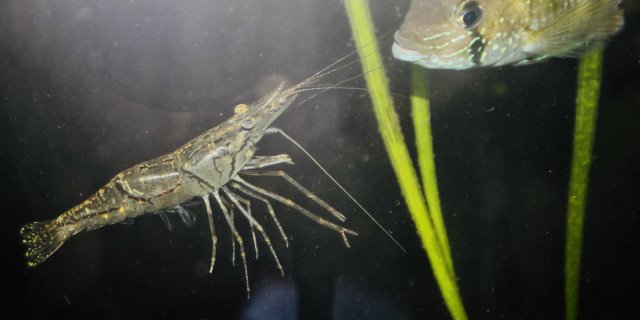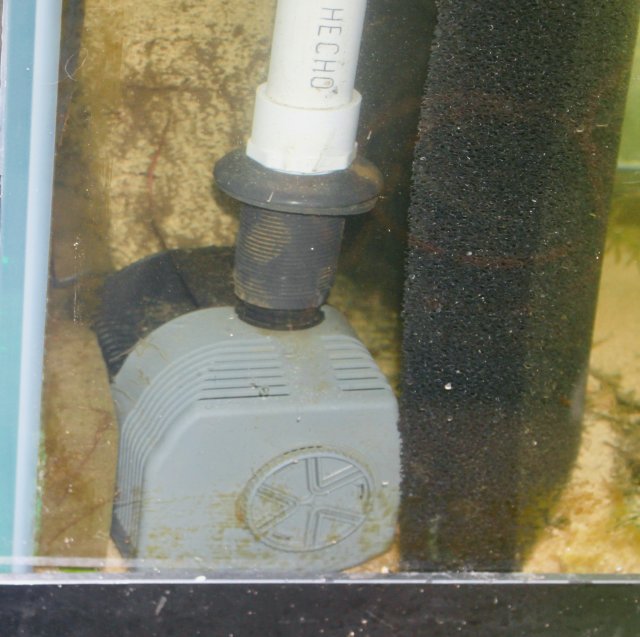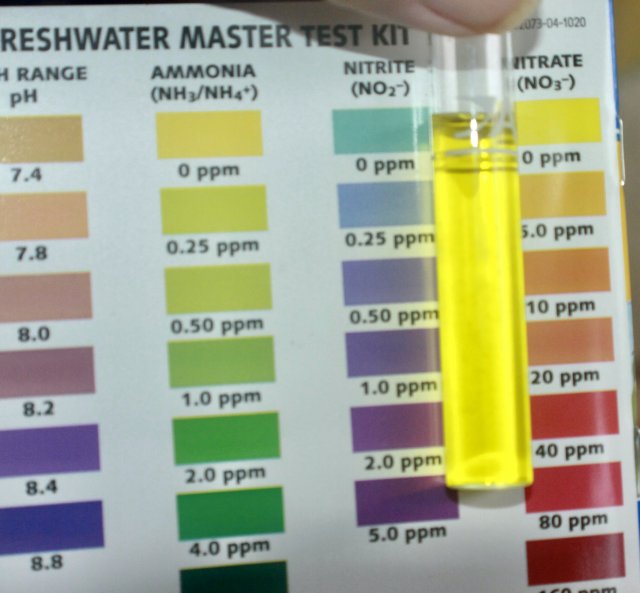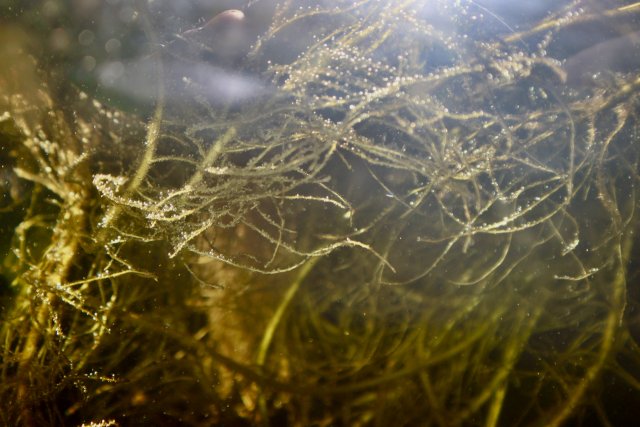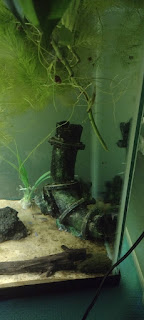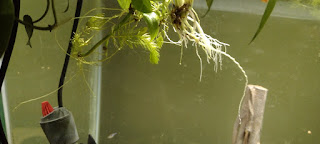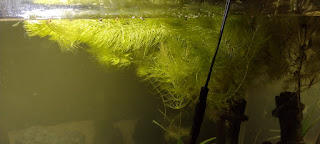Asking because I have 25 pothos trimmings rooting in my tank, which when they do root are obviously going to remove a ton of NH3. NO2, and NO3.
Not going to skimp in the slightest on the water replacements or filter maintenance, but I'm wondering whether doing those things is going to end up being solely for the sake of giving fresh water, replenishing trace minerals, and providing mechanical filtration because the pothos remove all the nitrogenous compounds already.
So I'm wondering what others' experience is with how many nitrogenous compounds this amount of planting removes.
Not going to skimp in the slightest on the water replacements or filter maintenance, but I'm wondering whether doing those things is going to end up being solely for the sake of giving fresh water, replenishing trace minerals, and providing mechanical filtration because the pothos remove all the nitrogenous compounds already.
So I'm wondering what others' experience is with how many nitrogenous compounds this amount of planting removes.






